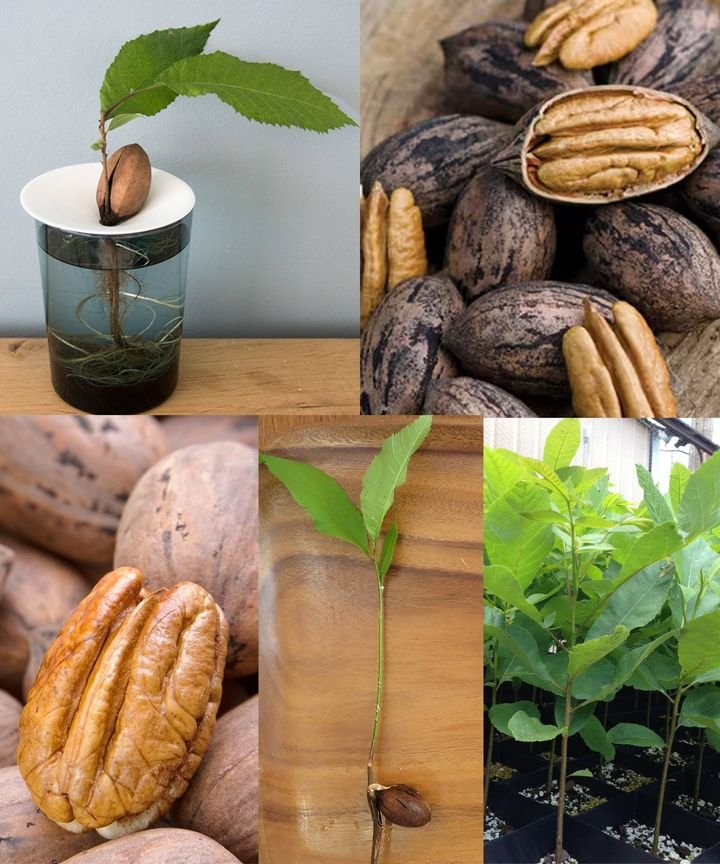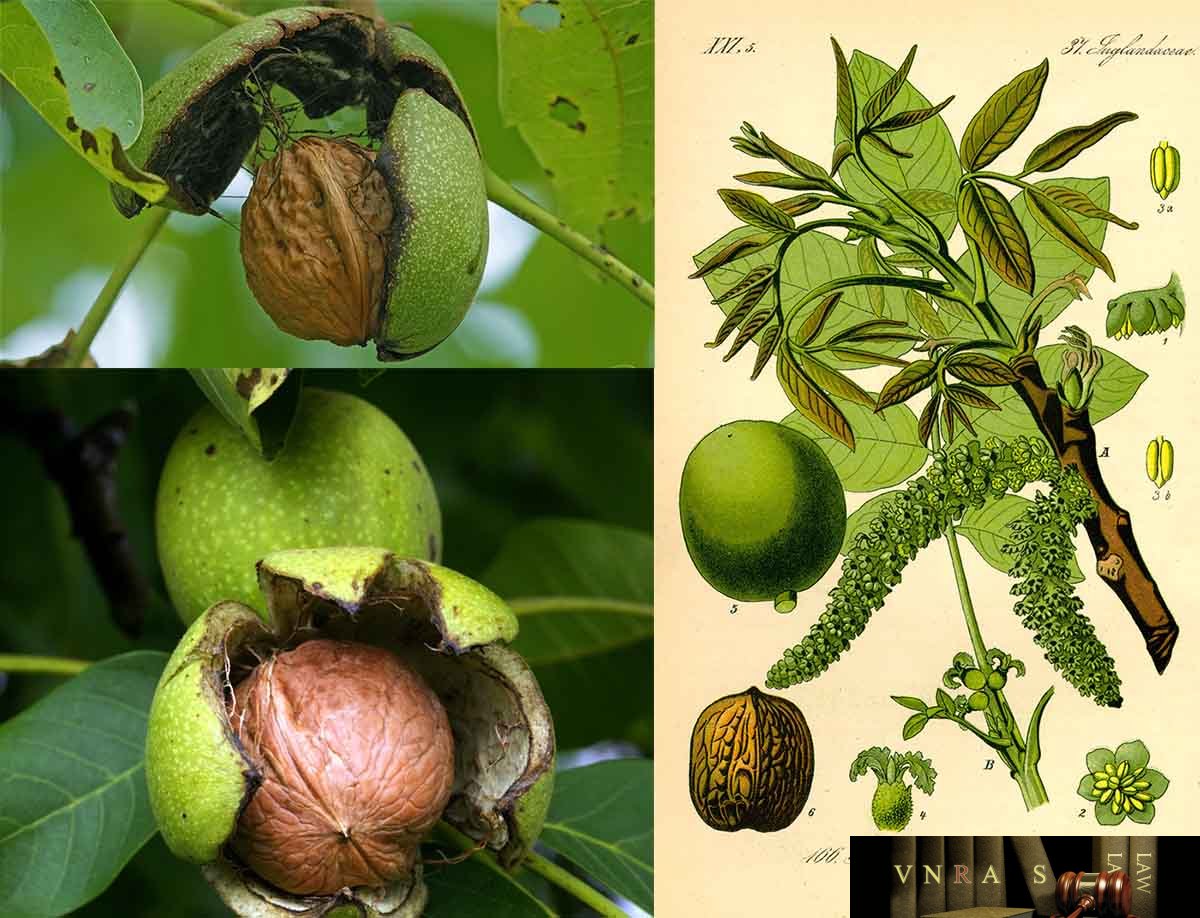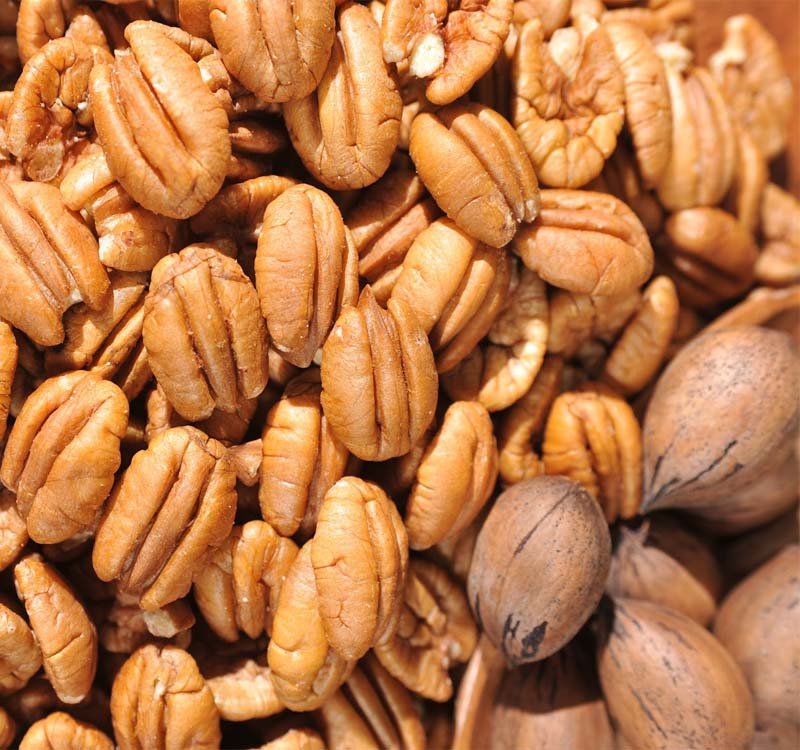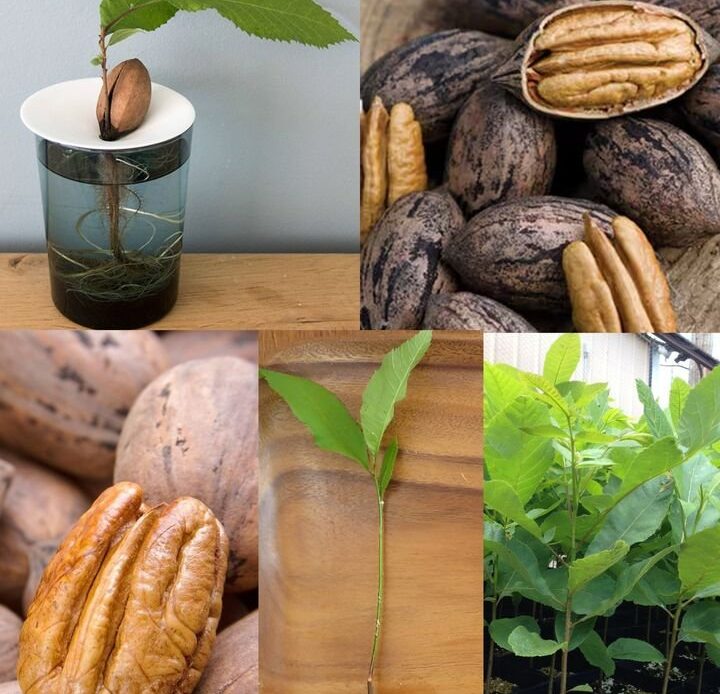Growing pecan trees from seeds is a rewarding yet patient process that requires dedication, the right conditions, and proper care. While pecan trees can take several years to mature and produce nuts, starting from seeds offers a cost-effective way to establish your own thriving orchard. This guide will walk you through the essential steps to grow pecan trees from seeds, from seed selection to long-term care.
## Selecting Pecan Seeds

The first step in growing a pecan tree from seed is selecting high-quality seeds. Ideally, you should obtain fresh pecans from a reliable local source, such as a nursery, farmer’s market, or directly from a mature pecan tree. When choosing pecan seeds, ensure they meet the following criteria:
– **Freshness:** Pecan seeds should be recently harvested and not stored for extended periods.
– **Undamaged Shells:** Avoid nuts with cracks, mold, or insect damage.
– **Variety Consideration:** Keep in mind that pecan trees grown from seeds may not produce nuts identical to the parent tree due to genetic variation.
If possible, select seeds from trees known for their strong growth, disease resistance, and high nut production.
## Preparing Pecan Seeds for Planting
Pecan seeds require a period of cold stratification to simulate winter dormancy and encourage germination. Without this process, the seeds may not sprout properly. Here’s how to prepare pecan seeds before planting:
1. **Cleaning the Seeds:** Rinse the pecans to remove any dirt or debris. Let them dry for a day before stratification.
2. **Cold Stratification:**
– Soak the seeds in water for 24 hours to soften the outer shell.
– Place the seeds in a damp paper towel or sphagnum moss inside a sealed plastic bag.
– Store the bag in the refrigerator at **34-45°F (1-7°C)** for **8-12 weeks**.
– Check periodically to ensure the seeds remain moist but not moldy.
3. **Scarification (Optional):** Some growers choose to lightly file or crack the hard outer shell of the pecan seed to speed up germination. Be cautious not to damage the inner seed.
Once the seeds have gone through stratification, they are ready for planting.
## Planting Pecan Seeds

Pecan trees require a warm climate and well-draining soil to thrive. Follow these steps for successful planting:
### **Choosing the Right Location**
Pecan trees grow best in deep, loamy, well-draining soil with a **pH between 6.0 and 7.5**. They also require full sun and plenty of space, as mature trees can reach **70-100 feet tall and 40-75 feet wide**.
### **Planting Process**
1. **Timing:** The best time to plant pecan seeds is in early spring after the last frost. If you live in a warmer climate, planting in late fall is also an option.
2. **Planting Depth:** Sow seeds **2-3 inches deep** with the pointed end facing downward.
3. **Spacing:** If planting multiple trees, space seeds at least **30-40 feet apart** to allow room for growth.
4. **Watering:** Keep the soil consistently moist but not waterlogged, especially during the first few weeks after planting.
## Caring for Pecan Seedlings
Once the seeds germinate and sprout, they will need careful attention to ensure strong growth. Here’s how to care for young pecan trees:
### **Watering**
Pecan trees need regular watering, especially during their early years. A deep watering **once or twice a week** helps establish strong roots. Avoid overwatering, as excessive moisture can lead to root rot.
### **Mulching**
Apply a **2-4 inch layer of mulch** around the base of the seedlings to conserve moisture, regulate soil temperature, and suppress weeds. Keep mulch a few inches away from the trunk to prevent rot.
### **Pruning**
Pruning helps shape the tree and remove any weak or damaged branches. Here are some pruning tips:
– Begin pruning when the tree is **one to two years old** to encourage a strong central leader.
– Remove any competing vertical shoots.
– Trim low branches to encourage upward growth.
– Prune during the tree’s dormant season (late winter to early spring).
### **Fertilizing**
Pecan trees do not require fertilization in their first year. After the first growing season, apply a **balanced fertilizer (such as 10-10-10)** in early spring. Once trees mature, they benefit from additional nitrogen-rich fertilizers to support nut production.
## Protecting Against Pests and Diseases

Pecan trees are susceptible to certain pests and diseases. Common issues include:
– **Aphids:** These small insects suck sap from leaves, causing sooty mold. Use insecticidal soap or neem oil for control.
– **Pecan Weevils:** These pests damage nuts. Prevent infestations by using traps or applying insecticides in late summer.
– **Powdery Mildew:** A fungal disease that causes a white powdery coating on leaves. Improve air circulation and apply fungicides if necessary.
– **Scab Disease:** A fungal infection that causes black spots on leaves and nuts. Choose resistant varieties and apply fungicidal sprays when needed.
Regular monitoring and early intervention can help keep your trees healthy.
## Patience and Growth: From Seed to Harvest
Growing a pecan tree from seed requires patience, as these trees take several years to mature. Here’s what to expect:
– **Year 1-2:** Seedlings establish strong root systems and slow initial growth.
– **Year 3-5:** Trees continue to grow taller but may not produce nuts yet.
– **Year 6-10:** Some pecan trees begin bearing nuts around **six to ten years old**, though full production can take 15 years.
Pecan trees grown from seed may take longer to produce nuts than grafted trees, but with proper care, they can become a long-lasting and productive part of your orchard.
## Conclusion

Growing pecan trees from seeds is a long-term investment that requires dedication, but the rewards are well worth it. By selecting high-quality seeds, stratifying properly, providing ideal growing conditions, and maintaining regular care, you can successfully cultivate strong and healthy pecan trees. While patience is required, the prospect of harvesting your own homegrown pecans in the future makes the effort incredibly satisfying.
Whether you’re planting a single tree in your backyard or starting an entire orchard, this nutty adventure will provide beauty, shade, and delicious pecans for generations to come.
